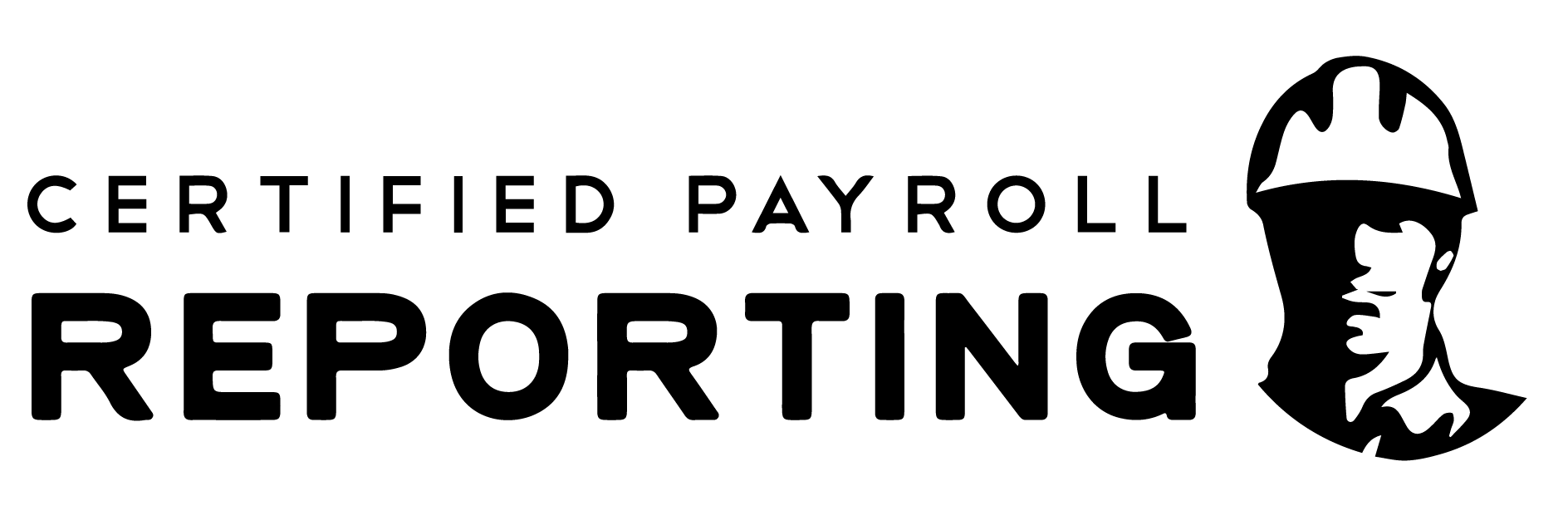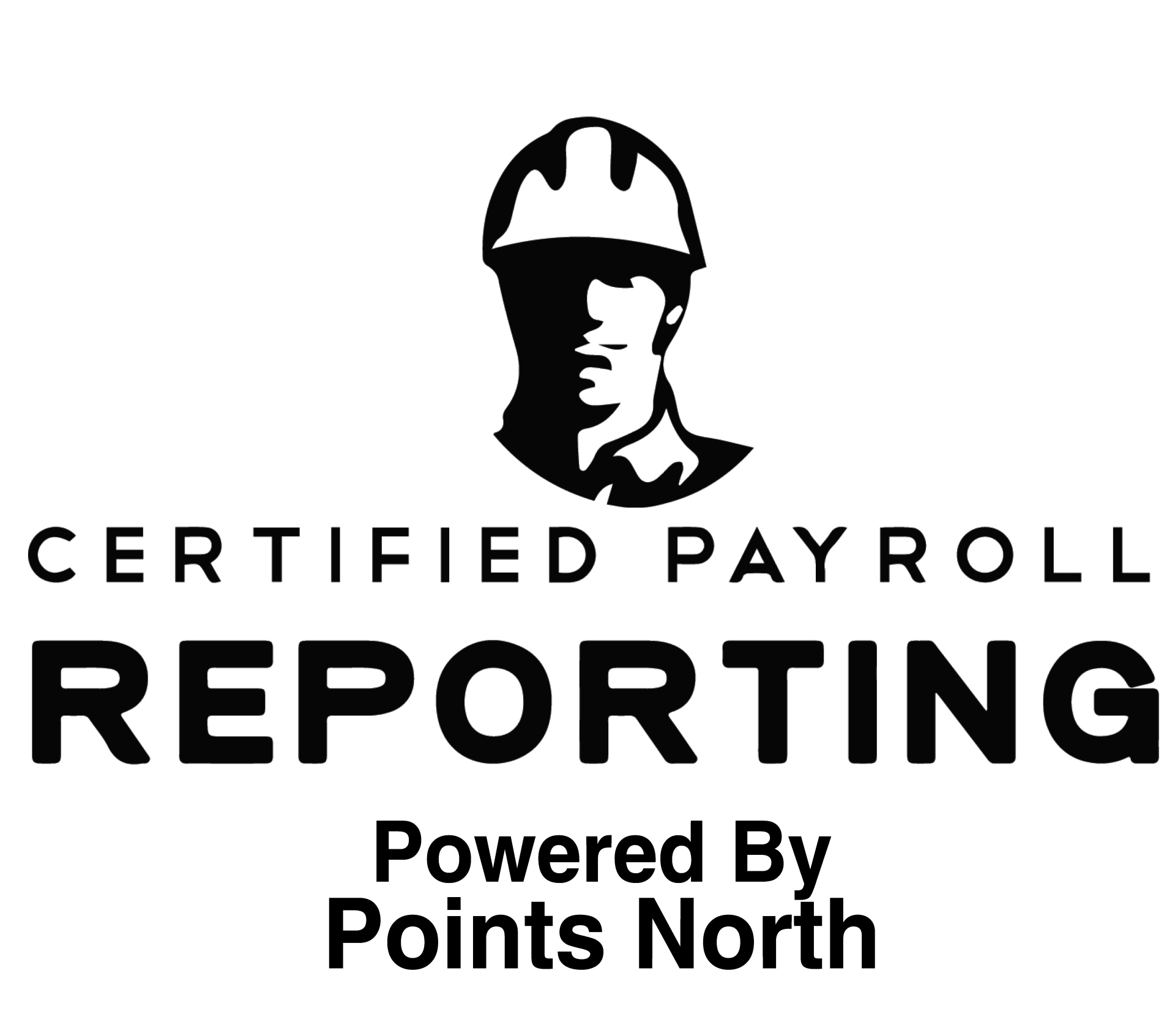NOW AVAILABLE: Certified Payroll Reporting Full Service! Click here for details
How Much Should I Withhold for Payroll Taxes?

One of the challenging aspects of handling an organization’s payroll is knowing how much money to withhold for employee taxes. In order to avoid mistakes, it’s critical to develop a firm understanding of how much you must pay in employee deductions in order to avoid trouble down the road, which can come in the form of fines or ruin your company’s ability to successfully compete for future government-funded projects.
What Employers Are Responsible For
Employers are required to deduct money from employee wages in order to pay government taxes and benefits on time. An employer earmarks income deductions for a variety of expenses which include:
- 401(k) or Simple IRA contributions
- State and federal income taxes
- Medicare and Social Security tax
- Health, dental, vision and life insurance benefits
An employee’s gross pay is the amount they earn before paycheck deductions, and their net pay is what is actually deposited into their bank account or cut via a physical paycheck after the necessary deductions have been made.
Some benefits deductions, such as for a 401(k), can be taken out pre- or post-tax, as chosen by the employee, but all taxes are mandatory for employees on staff, and it’s critical for the employer to deduct the correct amount. Employers using independent contractors are not required to withhold taxes or offer benefits, since these workers are technically self-employed and responsible for all their own tax filings (these individuals often pay quarterly estimated taxes).
When Should Payroll Deductions Occur?
Tax laws require employers to make payroll deductions each pay period. The amount deducted should vary based on each employee’s Form W-4 that they filled out. An Employee’s Withholding Certificate, the W-4 is a tax form supplied by the Internal Revenue Service which dictates to employers how much should be withheld for federal taxes. For employees that aren’t certain how they should fill out their W-4 form, the IRS offers a Tax Withholding Estimator calculator to help track how much should be withheld each pay period.
Though it’s possible to manually determine what should be deducted based on their employee’s W-4, most employers choose automated services, such as a software program, or hire a payroll services provider. This is done to save time and money, as these solutions reduce errors while expediting processing so that government agencies receive payments when they are due.
Federal income taxes must be paid in all 50 states and in Washington, D.C. However, payroll deductions work differently in the following states, which do not have state income tax:
- Alaska
- Florida
- Nevada
- South Dakota
- Tennessee
- Texas
- Washington
- Wyoming
In addition, some states have no tax on retirement benefits, such as a 401(k) or Simple IRA.
Though the employer is responsible for deducting money from their payroll to ensure government compliance, with some withholdings, the employer and employee share expenses and sometimes the financial burden is solely on the employee.
For example, for Federal Insurance Contributions Act (FICA) taxes to pay into Medicare and Social Security, the employer and employee must split the cost of an employee’s deduction, which is a combined 15.3% for most earners. The amount deducted for income tax, however, is based on the individual using criteria selected by the IRS which include the employee’s filing status and the number of dependents — such as a spouse and children — they plan to claim for the tax year.
Even if you have payroll expertise, or have someone on staff who has experience, there are a lot of details to juggle — especially when it comes to government compliance. For projects that are backed by government funding, a weekly certified payroll report must be filed with the required government agencies to ensure project compliance.
A Proven Automated Solution That Ensures Compliance
Points North offers Certified Payroll Reporting, a highly accurate, automated software solution that will save you time while reducing stress. We can integrate our solution with information from your current payroll services provider to mitigate risk and enhance compliance for your organization. Our API integrated partners include ADP, QuickBooks Online Payroll, Paychex, Paycor, and UKG, although we work with payroll providers across the industry with and without API automation.
Ensure your government-backed projects are compliant by generating certified reports that inspire confidence. Get your free demo today to learn more! We also invite you to check out our blog, so that you can stay current with the latest trends and insights.
Ensure your organization’s compliance with Certified Payroll Reporting software from
Points North.











